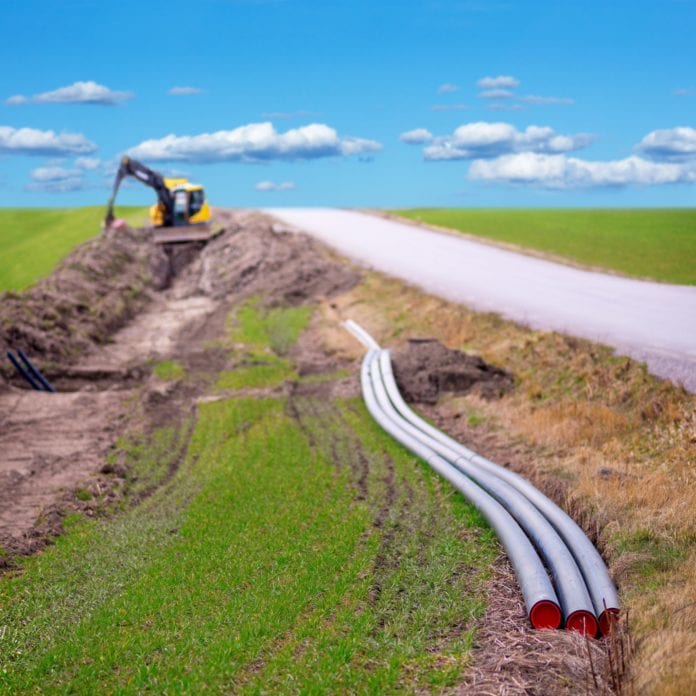There are significant gaps in national broadband coverage, says FCC
As part of its multi-wave effort to improve broadband mapping across the rural U.S., the Federal Communications Commission (FCC) authorized more than $121 million in funding over the next decade to expand broadband to 36,579 unserved rural homes and businesses in 16 states.
The FCC believes that there are significant gaps in national broadband coverage, and therefore, a need to better identify where those gaps may be. In response to this need, the FCC established the Digital Opportunity Data Collection, which will collect geospatial broadband coverage maps from fixed broadband Internet service providers of areas where they make fixed service available.
The recently announced funding represents the fourth wave of support from last year’s Connect America Fund Phase II auction, which allocated a total of $1.488 billion in support to expand broadband to more than 700,000 rural homes and small businesses over the next 10 years.
Subscribe now to get the daily newsletter from RCR Wireless News
“As we continue to authorize funds to expand broadband in rural America, I am excited to see the benefits for rural residents who live all across the country,” said FCC Chairman Ajit Pai. “This round of funding is yet another step toward closing the digital divide, providing access to digital opportunity to over 36,000 more unserved rural homes and businesses.”
This week, the commission also authorized nearly $16.2 million in federal funding over the next decade to expand broadband to 8,088 unserved rural New York homes and businesses. The New York counties receiving funds include Allegany, Erie, Cortland and Tioga. Depending on the county, the broadband service will be provided by Armstrong Telecommunications, Haefele TV or DTC Cable. The number of homes or businesses being served in each country varies drastically from 3,005 locations in Allegany to just a single location in Chenango.
Last month, the third wave of funding took place, with the FCC authorizing more than $524 million over the next decade to expand broadband to 205,520 rural homes and businesses in 23 states including Colorado, California, Kansas and Texas.

